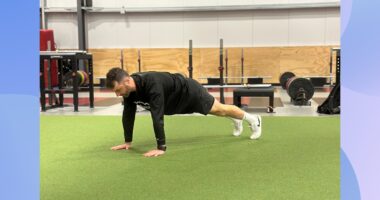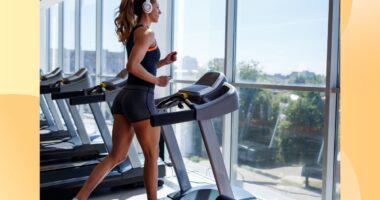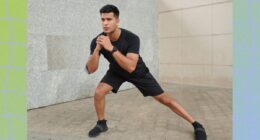
It’s time to make summer plans, and for many families, those plans include summer camp. After the year we’ve had, the idea of getting out of the house, being active, and seeing other children sounds very appealing.
While there is reason to hope that this summer will be better than 2020, the reality is that COVID-19 will still be with us. The vaccines will make a difference, but they aren’t available yet for campers under the age of 16 — and the youth and young adults who make up most of the staff will likely not all have been vaccinated either. So as families make plans, they need to think about COVID-19.
Start here: Consider risk factors
Before even thinking about camp, families should take into account their particular risk factors. Hopefully, any high-risk adults in the family will have received a COVID-19 vaccine by the time kids head to camp. If they haven’t been vaccinated yet, now is the time to work on getting the vaccine.
If children have health problems like asthma or congenital heart disease that put them at higher risk of complications of COVID-19, parents should talk with their child’s doctor before sending them to camp. For some children at high risk, it might be better to stay home one more summer.
It’s also important to make sure that children are up to date on childhood vaccinations. Many children have gotten behind because of the pandemic.
Find out about risks at camp — and plans to lower risk
There is no way to make any camp risk-free. But there are lots of ways that camps, and parents, can lessen the risk. Here are some things for parents to think and ask about:
Where are campers and staff from? A local day camp with children and staff mostly from a town with low numbers of COVID cases is going to be lower risk than one that draws from many different communities, including some with higher numbers. The New York Times has an interactive map of the US that can help you check how low or high COVID-19 case counts are in states and counties.
How are the campers organized? Are they divided into small groups that don’t mix (which is preferable)? Or are they in larger groups — or not divided into groups at all? The more mixing, the more chance of exposure and spread.
Are activities mostly indoors or mostly outdoors? The more outdoors, the better. Indoor activities should be in well-ventilated spaces.
How much physical distancing is planned or possible? While distancing may not be possible all day, the camp should be set up in a way that limits crowding and gives children three to six feet of space whenever feasible. Parents should ask specifically about typical days and activities at the camp, including how meals will be managed, to get a sense of how close to each other the children will be.
How much shared equipment will there be? The less, the better — and any shared equipment or surfaces should be regularly cleaned. This is particularly important for sports camps. (If your child or teen has had COVID-19, see my previous blog post about returning to sports and physical activity afterward.)
READ RELATED: Coronavirus: Metabolic syndrome sufferers' death risk 300% higher
How is the camp screening for symptoms or exposures, and what protocols do they have in place? There should be daily screening for symptoms (and exposures outside of camp) for campers and staff, with appropriate plans for staying home, testing, and quarantine based on the results of those screenings. Sleep-away camps should have designated quarantine space, and access to testing. Ask about testing requirements, as well.
Will the campers and staff be wearing masks? There may be some situations (like swimming) when wearing masks may be difficult, but as much as possible, campers and staff should be wearing masks to keep everyone safe.
What are the camp’s plans for hand washing? Regular hand washing with soap and water or hand sanitizer is important to limit the spread of germs, including the virus that causes COVID-19. Parents should ask how often campers will be washing their hands, and about the availability of hand sanitizer.
What is the plan for meals? It’s best if children bring their own food, and sit at a distance from each other when they eat. If food is being served, it should be pre-packaged in bags or boxes, with no shared utensils.
What kind of training and supervision will staff have regarding COVID-19? Staff should be trained in recognizing and preventing COVID-19. Further, they should be supervised and held accountable. There should be written protocols that parents should be able to see.
Are there additional considerations for overnight camps? Yes. Overnight camps need to take additional precautions. Examples include having everyone sleep head-to-toe, and using physical barriers between beds and bathroom sinks.
Talk to your children about how they feel about camp — and about the worries they may have about being around other people, especially if they have mostly been isolated at home. Talk specifically about how the days will work, and be ready to answer any questions.
It sounds like a lot to do, but it’s important. For at least one more summer, we need to stay safe — for our health, and the health of everyone around us.
For more information about overnight camps and on recommendations for all camps, check out the information about camp safety during COVID-19 on the website of the Centers for Disease Control and Prevention.
Follow me on Twitter @drClaire
Source: Havard Health










